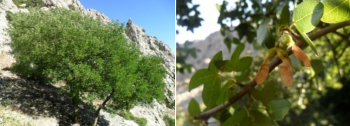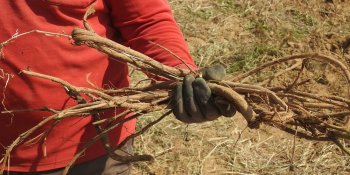Physicochemical characterization of the raw extracts of Arbutus (Abutus unedo L.)
The aim of this work was to valorize Arbutus unedo by its regeneration in vivo and in vitro, also by characterizing of their antioxidant and antimicrobial properties of leaves and fruits in order to evaluate and improve the potential value of this plant.




















































